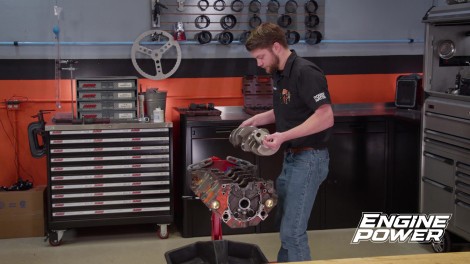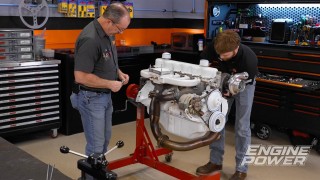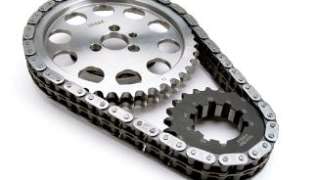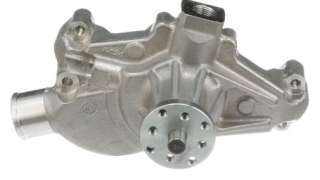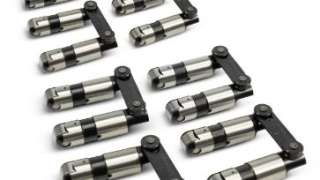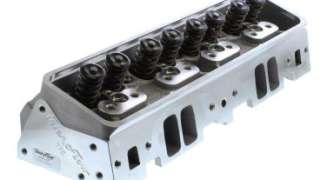Engine Power Featured Projects
Engine Power Builds
Want more content like this?
Join the PowerNation Email NewsletterParts Used In This Episode
ARP
Fasteners
ARP
Fasteners
ARP
Intake Manifold Bolt Kit
ARP
Oil Pan Bolt Kit
ARP
Oil Pump Driveshaft
ARP
Oil Pump Stud Kit
ARP
Rod Bolt Stretch Gauge Digital Billet
Duralast
Edelbrock Victor Jr. Intake Manifold
Fluidampr
Harmonic Damper
Goodson Shop Supplies
Cam Bearing Installer
Holley
MSD Pro-Billet Distributor
Holley
Quick Fuel Black Diamond 750CFM Carburetor
Lubrication Specialties
Hot Shot's Secret Adrenaline Assembly Lubricant
